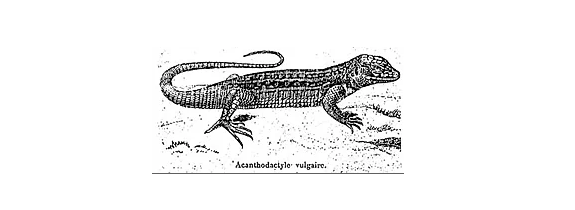Miguel A. Carretero: Lizard function. A conservation approach from the Iberian Peninsula
Nacionalni inštitut za biologijo v petek, 6. marca 2020, ob 10. uri organizira seminar dr. Miguela A. Carretera: » Lizard function. A conservation approach from the Iberian Peninsula«.
» Biodiversity encompasses composition, structure and function, attributes that are non-redundant but complementary. In a world facing a severe biodiversity loss, conservation strategies can no longer rely solely on spatio-temporal patters but also on the understanding of the subjacent processes threatening organisms. As such, the functional responses of organisms to disturbance factors, either abiotic or biotic, need to be recognised, measured and predicted. I will illustrate this approach focusing on lizards because they constitute pivotal elements in trophic networks from Southern Europe linking invertebrates to endotherm vertebrates. Such importance is accentuated in Mediterranean environments and in islands, where climate is less restrictive and other insectivorous vertebrates are less abundant or absent. Ectotherm way of life is advantageous in terms of low metabolic rates and trophic needs but also carries substantial costs associated to activity restrictions in space and time and exposure to water loss, radiation, competitors, parasites and predators. Balance between these, often conflicting, forces may be attained at different optima depending on the species and even the population, sex, stage and season. Assemblage of lizard communities tends to be based on overlap opportunity and niche conservatism but there are documented cases of niche shift and character displacement, especially among congeneric species. In all cases, the environmental context in space and time is decisive to determine the community composition and structure. The degree of flexibility in biological functions greatly vary across species either due to selection or to phenotypic plasticity from embryo to adult stage. Species displaying lower variation tend to be restricted in habitat and distribution range. Resilience to disturbance seems to rely on such flexibility with specialists becoming more threatened than generalists. Nevertheless, both disturbance factors (climate change, pollution, habitat degradation, alien species) and biological responses (life history, thermal and water ecology) are interactive. This complex reality cannot be ignored when defining conservation priorities. «
Seminar bo potekal v angleškem jeziku.
Foto: miguelcarretero.wixsite.com






